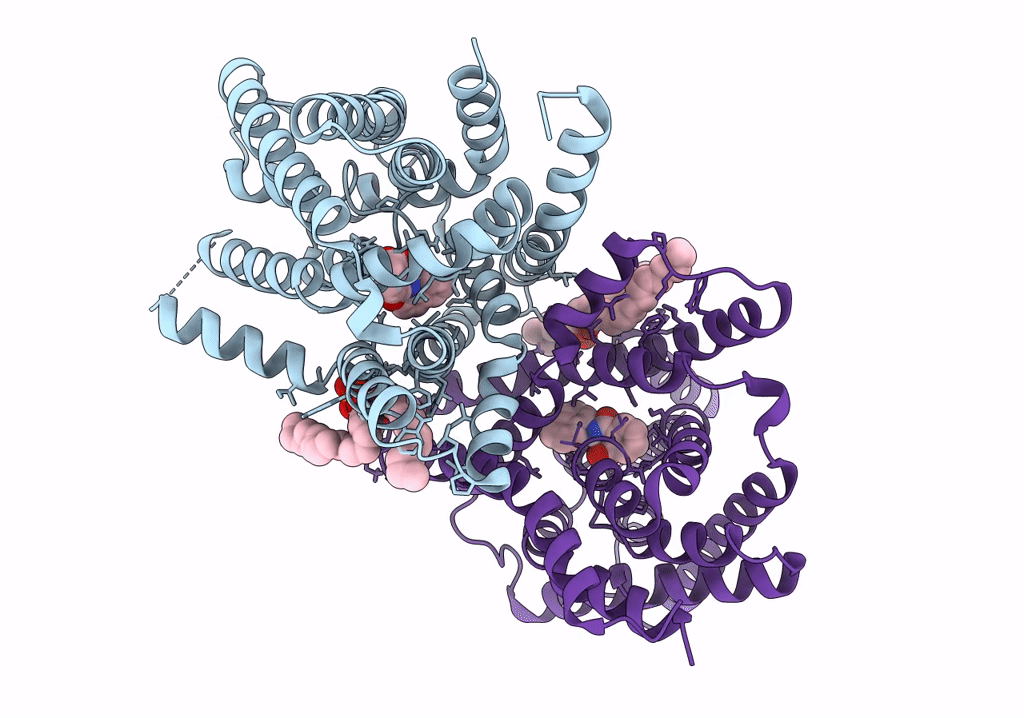
Deposition Date
2022-01-03
Release Date
2022-07-06
Last Version Date
2024-11-13
Entry Detail
PDB ID:
7QPC
Keywords:
Title:
Inward-facing NPA bound form of auxin transporter PIN8
Biological Source:
Source Organism:
Arabidopsis thaliana (Taxon ID: 3702)
Host Organism:
Method Details:
Experimental Method:
Resolution:
3.44 Å
Aggregation State:
PARTICLE
Reconstruction Method:
SINGLE PARTICLE


